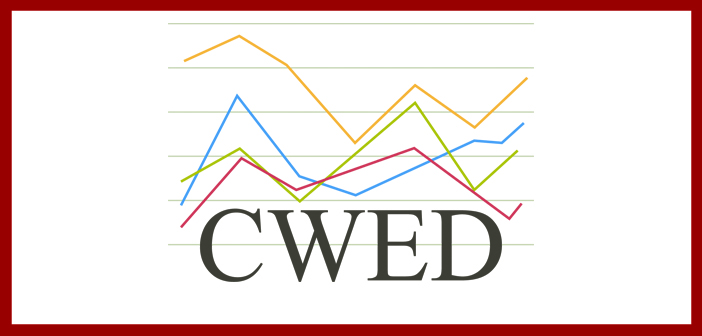Introduction
It has been well over a decade since the economy tumbled into what is now dubbed the Great Recession—reflecting the historical severity and swiftness of the downturn. The recession officially lasted from December 2007 through June 2009. However, the economy underperformed for nearly a decade as the output gap—GDP coming in under potential—did not close until the end of 2017. After being in the grips of the worst recession since the Great Depression the economy is currently in a lengthy expansion with record job growth, stock market performance, and unemployment rates. But, troubling challenges remain such as weak wage growth, depressed employment rates, high rates of poverty, and increased inequality.
There has been a lot of media attention around advances in automation and how robots are leading to widespread joblessness as the demand for workers shrinks. We find that both of these claims are dubious, at least on a large scale. As this brief will show, job growth is in an unprecedented stretch of monthly gains, unemployment is low and falling, and productivity growth has been on the wane—not much support for the hypothesis of automation causing mass worker displacement. The “gig” economy continues to get significant media attention, but it remains a small fraction of all jobs—estimated to be 0.5 to 1.0 percent of the workforce. The Labor Department recently released the Contingent Worker Survey after a hiatus since 2005. The share of workers that engage in alternative work, including independent contractors and temp workers, did not change—estimated at 10.1% in 2017 compared to 10.7% in 2005. The vast majority of the workforce continue to work in traditional employment situations.
Highlights
- It took over six years to fully recover the number of jobs lost due to the recession. At its worst, the U.S. shed 6.3% of its jobs (-8.7 million) with the corresponding figure for California being 8.3% (-1.3 million). The U.S. is currently in an unprecedented streak of monthly net job gains that began in October 2010—resulting in 18.3 million jobs in the U.S. with 1.3 million of them in California.
- Over the recession and its aftermath 164,000 public servants lost their jobs in California—net job growth since December 2007 has been just 2.3%. Accounting for population growth in California over the last decade results in a public-sector jobs gap of 157,200.
- Unemployment soared to over 12% in California and stayed in double-digit territory for an unprecedented forty-three consecutive months (February 2009 to August 2012)—attesting to the severity of the crash in the Golden State. Rates for April 2018 were 3.9% and 4.2% for the U.S. and California, respectively.
- Disparities in unemployment persist by region and race/ethnicity even as rates have substantially improved. County-wide rates vary from a low of 2.7 in San Mateo to a high of 19.1 in Imperial County for 2017. For that year, rates were 3.5% for Asians and 4.1% for non-Latino Whites; Latinos and African-Americans had higher rates of 5.6% and 7.3%, respectively.
- It is often beneficial to look beyond the unemployment rate to better assess labor market tightness. In California, 2017 annual rates of long-term unemployment (24.9%), underemployment (9.8%), employment (59.2%) and prime age employment rates (76.7%)—are all worse than they were in 2007 prior to the recession even as unemployment was lower in 2017. All of these indices continue to slowly improve as job growth continues, signaling that a cyclical response is still at play in the labor market.
- Employment rates have not fully recovered. California would have an additional 1.1 million workers if the 2017 employment rate (59.2%) were the same as it was in 2007 (62.1%).
- Over the last 17 years, inflation-adjusted wages in California increased by 14%, 8%, and 23%, for the bottom, middle, and top terciles, respectively. Wages did not surpass inflation until 2014 for the bottom two terciles—facilitated by a tightening labor market but also driven by strong state and local minimum wage policies.
- The incidence of poverty has improved modestly over the recovery. In California official poverty rates fell from 16.9% to 13.9% overall and from 24.3% to 18.6% for child poverty from 2011 to 2016. The more comprehensive Supplemental Poverty Measure ranks California as having the highest rate of poverty at 20.6%.
- It was not until 2016 that typical household incomes (adjusted for inflation) in California finally surpassed the previous peak of $65,852 reached in 2006. Over the last decade, incomes for a typical household increased by just 1.2% and they are up just 2.1% since 2000.

